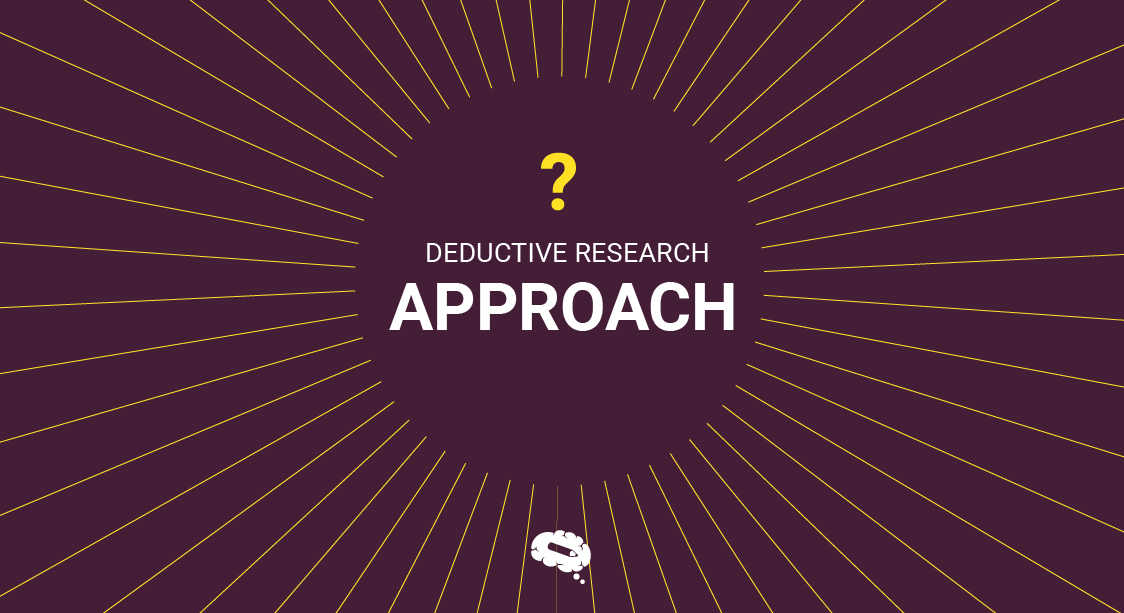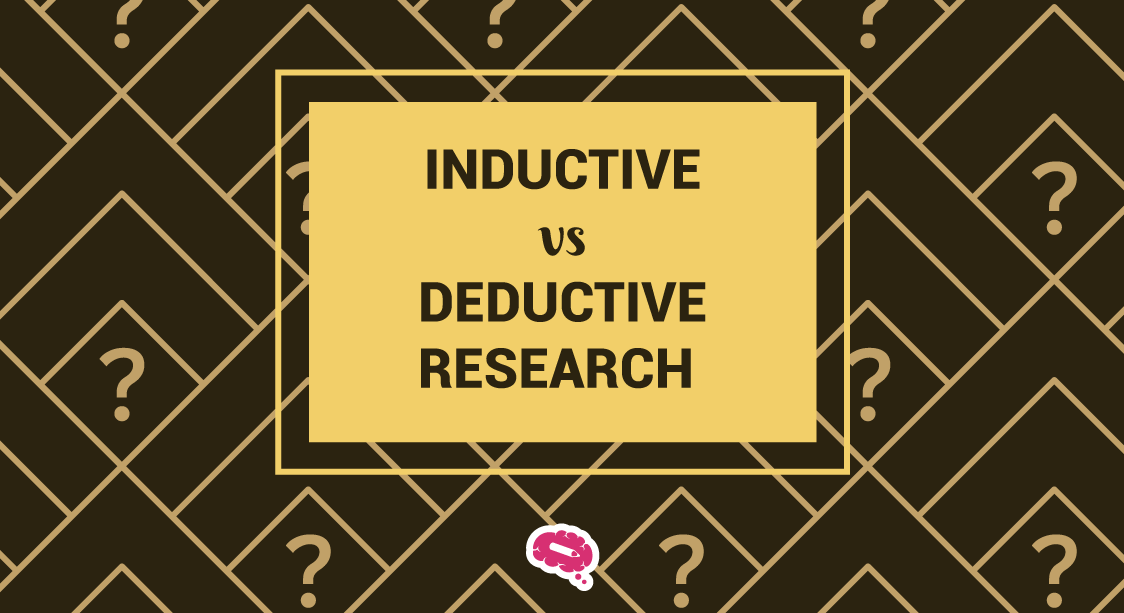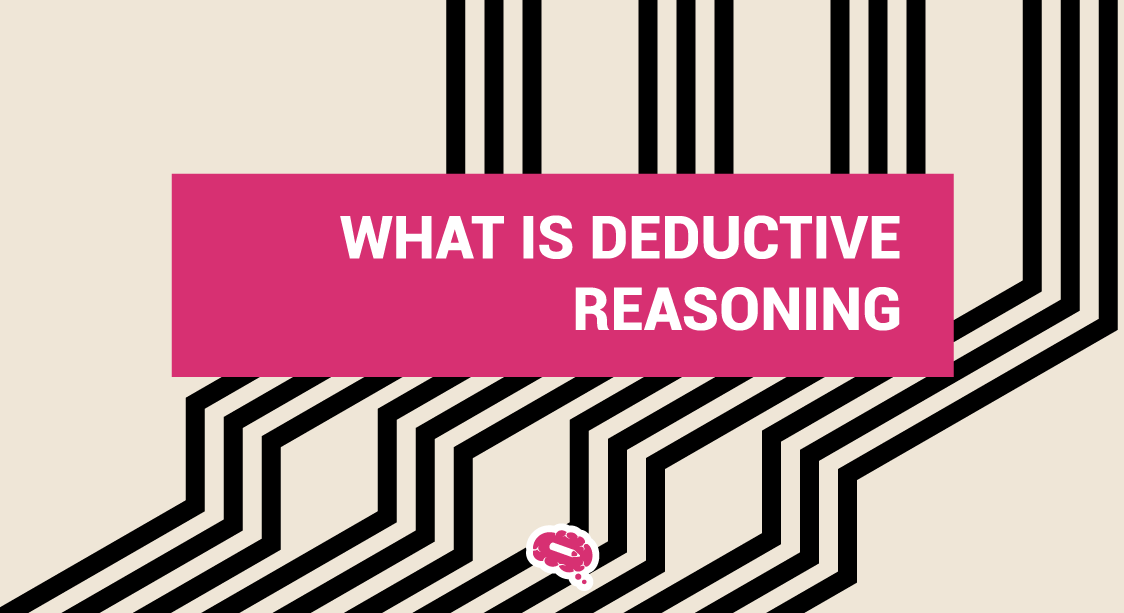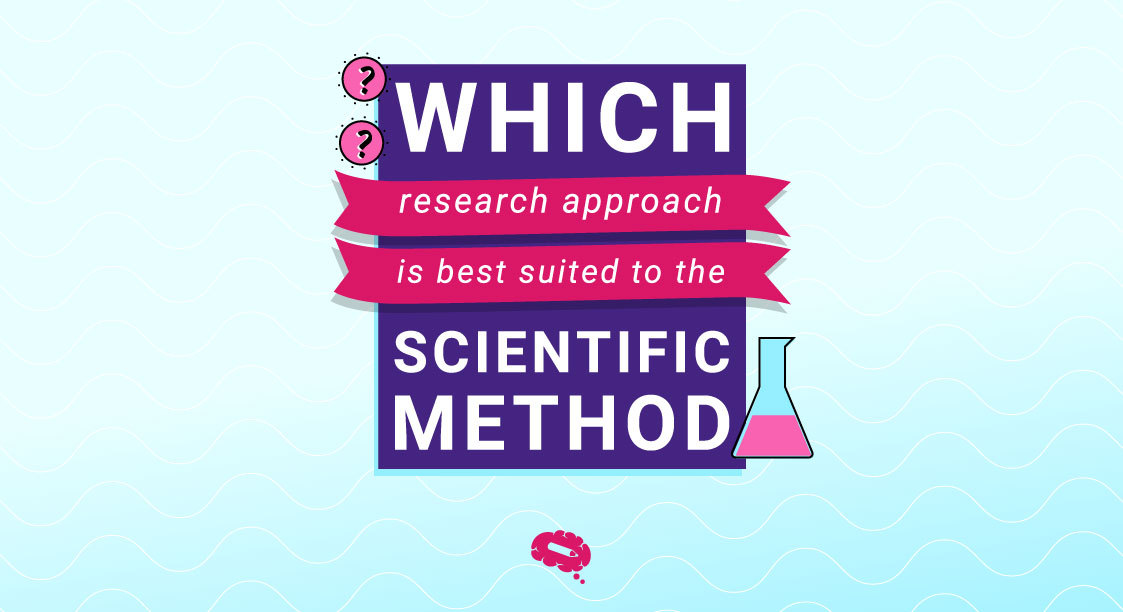In the world of research and applications, where everything is tested and then turned into theory, there is one approach that does it but in the opposite manner. Deductive research is a logical approach that begins with a general theory or hypothesis and then tests it through specific observations or experiments. Sounds interesting, right?
That is what we are going to see in this article. An A-Z guide on the deductive research approach, how it came to practice, and why it is beneficial in today’s world. So, sit tight and read till the end to gain invaluable knowledge about this unique research process.
Understanding The Deductive Research Approach
Let us explain deductive research with a simple analogy. Imagine starting with a broad statement, like “All birds can fly,” and then looking at individual birds to see if this holds true.
This method contrasts with inductive research, which starts with observations and works up to broader generalizations.
The deductive research approach typically follows these steps:
- Theory: You begin with an existing theory or general principle.
- Hypothesis: Based on the theory, you form a specific, testable hypothesis.
- Observation: You collect data through experiments or observations to test the hypothesis.
- Confirmation: You analyze the data to confirm or refute the hypothesis.
This approach is structured and aims to test whether the initial theory is valid. It’s widely used in scientific research because it allows for clear, logical conclusions based on empirical evidence.
By starting with a theory, deductive research provides a focused path for investigation, ensuring that the research is systematic and results can be replicated and verified. This introduction sets the stage for a deeper exploration of deductive research, its processes, and applications.
The Essence Of Deductive Reasoning
By definition, Deductive reasoning is a logical process where you start with a general idea or theory and then apply it to specific cases to see if it holds true. Think of it as moving from a broad statement to particular instances.
For example, if you know that “All mammals have a backbone,” and you encounter a dolphin, you can deduce that the dolphin has a backbone since it’s a mammal.
In plain language, deductive reasoning works like this: you start with a big picture (a general rule), make a prediction based on that rule, and then check if the prediction fits the specific case.
To compare, inductive reasoning is the opposite. It starts with specific observations and builds up to a broader theory. For example, if you observe several swans and see that they are all white, you might conclude that all swans are white. However, finding one black swan would disprove this.
Characteristics Of Deductive Research
Key features that define the deductive approach include:
- Theory-Driven: Starts with an existing theory or hypothesis.
- Hypothesis Testing: Involves forming specific hypotheses based on the theory.
- Structured Process: Follows a clear, logical sequence of steps.
- Empirical Evidence: Relies on data collection through experiments or observations.
- Verification: Aims to confirm or refute the initial hypothesis.
- Replicability: Results can be replicated by other researchers to verify findings.
- Predictability: Focuses on predicting outcomes based on the theory.
These characteristics ensure that deductive research is systematic and provides clear, testable, and reliable conclusions.
The Deductive Research Process
Formulating A Hypothesis
The first step in the deductive research process is formulating a hypothesis. This involves creating a specific, testable statement based on an existing theory. Here’s a step-by-step guide to hypothesis creation:
- Identify a Theory: Start with a broad, well-established theory related to your field of study. This theory provides the foundation for your hypothesis.
- Narrow Down: Focus on a specific aspect of the theory that you want to test. This could be a particular relationship between variables or a specific prediction the theory makes.
- Formulate Hypothesis: Develop a clear and concise hypothesis. A good hypothesis is testable and measurable. For example, “If stress increases, then job performance decreases” is a testable hypothesis that can be measured through data collection.
Designing The Research
Once the hypothesis is formulated, the next step is designing the research. This involves structuring the study in a way that effectively tests the hypothesis:
- Define Variables: Identify the independent and dependent variables. The independent variable is what you manipulate, while the dependent variable is what you measure.
- Select Research Method: Choose a research method that best suits your hypothesis. Common methods include experiments, surveys, or observational studies.
- Control Variables: Ensure that other variables that could influence the results are controlled or accounted for, maintaining the study’s internal validity.
- Plan Procedures: Outline the step-by-step procedures for conducting the research, including how data will be collected and analyzed.
Collecting Data
Data collection is crucial in the deductive research process. Here are some tips for gathering data suitable for deductive analysis:
Sampling: Choose a representative sample that reflects the population you are studying. This ensures the findings can be generalized.
Data Collection Methods: Use reliable and valid tools for data collection, such as standardized questionnaires, reliable measurement instruments, or consistent observational techniques.
Consistency: Maintain consistency in data collection procedures to reduce variability and enhance the reliability of the results.
Ethical Considerations: Ensure that data collection adheres to ethical standards, including obtaining informed consent from participants and ensuring confidentiality.
Analyzing Data And Drawing Conclusions
Once the data is collected, the next step is analyzing it and drawing conclusions. Here’s a simplified explanation of data analysis methods and how conclusions are formed:
- Data Cleaning: Begin by cleaning the data to remove any errors or inconsistencies. This ensures that the analysis is based on accurate data.
- Statistical Analysis: Use appropriate statistical methods to analyze the data. This could include descriptive statistics (mean, median, mode) to summarize the data, and inferential statistics (t-tests, ANOVA) to test the hypothesis.
- Interpreting Results: Interpret the statistical results to determine whether the data supports or refutes the hypothesis. Look at p-values and confidence intervals to assess the significance of your findings.
- Drawing Conclusions: Based on the analysis, draw conclusions about the hypothesis. If the data supports the hypothesis, it adds credibility to the theory. If not, it may suggest the need for theory modification or further research.
- Reporting Findings: Finally, report the findings in a clear and structured manner. This includes writing a detailed research report or paper that outlines the hypothesis, methodology, data analysis, and conclusions, ensuring transparency and allowing others to replicate the study.
By following these steps, researchers can effectively carry out deductive research, testing theories with precision and contributing valuable insights to their fields.
Advantages Of The Deductive Research Approach
Deductive research offers several valuable strengths:
Clarity And Precision
The deductive approach provides a clear structure, starting with a specific theory or hypothesis and moving through logical steps to test it. This precision helps ensure the research is focused and systematic.
Testability
Because it begins with a hypothesis, deductive research allows for specific, testable predictions. This makes it easier to design experiments and collect relevant data.
Objectivity
The structured nature of deductive research reduces bias, as researchers follow a predetermined sequence of steps, enhancing the objectivity of the findings.
Replication
Results from deductive research can be replicated by other researchers, which is crucial for verifying and validating findings.
Theory Verification
Deductive research is ideal for testing and confirming existing theories, contributing to the body of knowledge in a particular field.
Challenges And Criticisms Of Deductive Research Approach
Despite its strengths, deductive research has several limitations and common critiques:
Rigidity
The structured nature of deductive research can be too rigid, limiting the flexibility to explore new or unexpected findings that fall outside the initial hypothesis.
Dependence On Theory
Deductive research relies heavily on existing theories. The entire research process and conclusions can be compromised if the underlying theory is flawed.
Limited Scope
It often narrows on testing specific hypotheses, which can overlook broader or more complex phenomena that don’t fit neatly into the initial framework.
Confirmation Bias
Researchers may unintentionally seek out data that supports their hypothesis while ignoring data that contradicts it, leading to biased results.
Complexity Of Real-World Applications
The simplicity and control of deductive research in a laboratory or theoretical setting may not always translate well to the complexities and variables of real-world situations.
By understanding these strengths and limitations, researchers can better utilize the deductive approach where it is most effective and be aware of its potential pitfalls.
Deductive Research In Practice: Real-World Scenarios
Deductive research is applied across numerous fields, demonstrating its versatility and effectiveness. Here are some practical illustrations:
Psychology: A psychologist might start with the theory that “Cognitive-behavioral therapy (CBT) reduces symptoms of depression.” The hypothesis could be, “Patients undergoing CBT will show a significant reduction in depression scores after 12 weeks.” The psychologist would then conduct an experiment, collecting and analyzing data to test this hypothesis.
Medicine: In medical research, a common theory might be that “A specific drug is effective in treating a disease.” For instance, researchers might hypothesize that “Drug X lowers blood pressure in patients with hypertension.” They would then conduct a clinical trial, observing the effects of Drug X on a sample of patients and analyzing the results.
Education: An educator might start with the theory that “Interactive teaching methods improve student engagement.” The hypothesis could be, “Students taught using interactive methods will participate more in class discussions than those taught with traditional methods.” The educator would then design a study to compare the two teaching methods and collect data on student participation.
Economics: Economists might theorize that “Lowering interest rates stimulates economic growth.” The hypothesis might be, “Countries that lower their interest rates will experience higher GDP growth over the next year.” They would then analyze economic data from various countries to test this hypothesis.
Environmental Science: An environmental scientist might begin with the theory that “Pollution negatively affects marine life.” The hypothesis could be, “Regions with higher pollution levels will have lower fish populations.” They would then collect data from different regions to see if there’s a correlation between pollution and fish populations.
Selecting The Best Approach
Deciding when to use deductive research depends on several factors:
Existing Theory
Deductive research is most suitable when there is a well-established theory or body of knowledge that can form the basis of your hypothesis. If you are looking to test or validate existing theories, deductive research is the right choice.
Clear Hypothesis
Deductive research is appropriate if you can formulate a specific, testable hypothesis from the theory. This approach works best when you have a clear prediction to test.
Controlled Conditions
Deductive research often requires controlled conditions to isolate variables and test the hypothesis accurately. If your research can be conducted in such a setting, this approach will be effective.
Quantitative Data
Deductive research typically involves the collection and analysis of quantitative data. If your study aims to gather numerical data and perform statistical analysis, deductive research is a suitable method.
Replication And Verification
If the goal is to replicate and verify previous findings, deductive research is ideal. Its structured process allows for consistency and repeatability.
Time And Resources
Consider the time and resources available. Deductive research can be time-consuming and resource-intensive, especially when designing experiments and collecting data. Ensure you have the necessary support to carry out the research effectively.
By assessing these factors, researchers can determine whether deductive research is the best approach for their study. This method is particularly valuable for testing theories, verifying hypotheses, and providing clear, objective conclusions.
In conclusion, understanding deductive research is essential for systematically testing theories and hypotheses through a structured, logical process. By starting with a broad theory, forming a specific hypothesis, designing research, collecting data, and analyzing results, researchers can draw clear and objective conclusions.
Enhance Your Scientific Communication With Mind the Graph
Mind the Graph revolutionizes scientific communication by offering a vast library of visually appealing and scientifically accurate illustrations. These high-quality graphics not only make complex concepts easier to understand but also significantly enhance the impact of research presentations and publications. With features such as customizable infographics and watermark-free options for premium subscribers, Mind the Graph empowers scientists to present their work more effectively, engaging their audience and facilitating clearer comprehension of their research findings. Start transforming your scientific communication today by exploring our features at Mind the Graph.
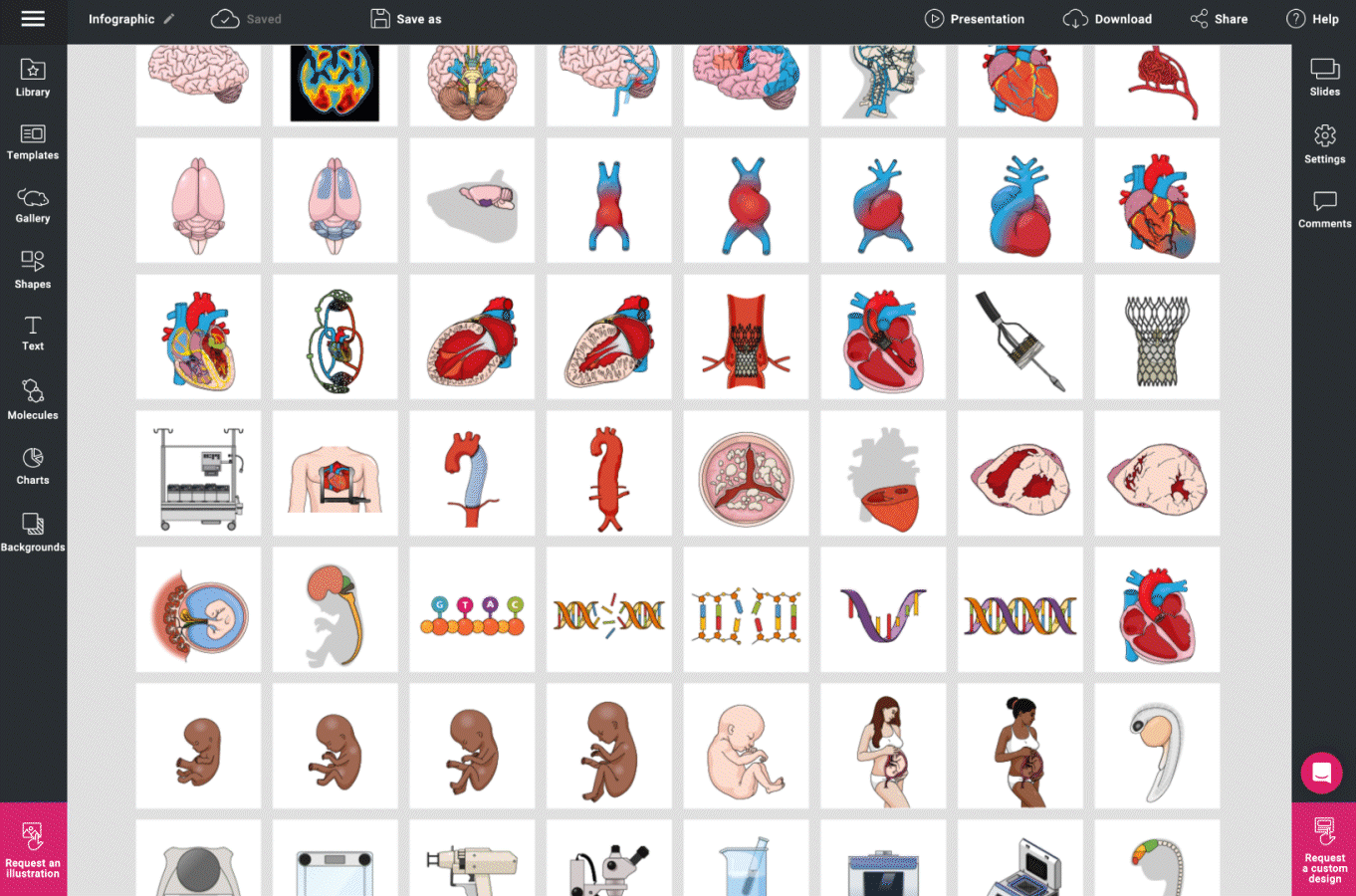

Subscribe to our newsletter
Exclusive high quality content about effective visual
communication in science.

